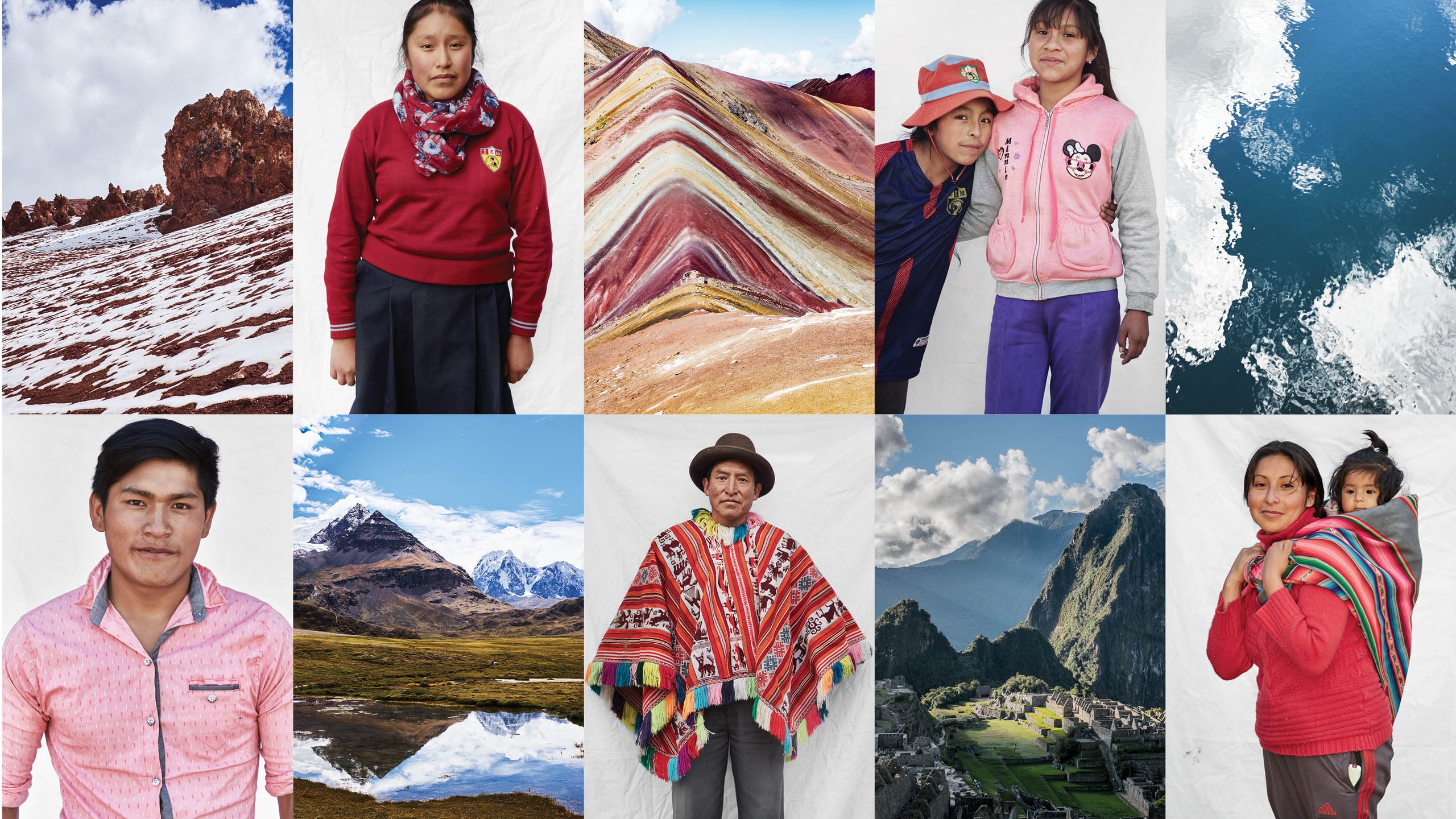All products featured in this story are independently selected by our editors. However, when you buy something through our retail links, we may earn an affiliate commission.
The Peruvian Andes can feel familiar—we've all seen the iconic shots of a mist-shrouded Machu Picchu, or women in colorful traditional dress wandering Cusco's cobblestoned alleyways, llamas trailing behind.
But Lima, Peru-raised photographer Gabriel Barreto says those images hardly represent daily life in the region. He should know, having spent a 2016 trip through the Andes shooting carbon copies of those scenes, only to return home and realize he hadn't actually captured what it felt like to be there.
“I had a bunch of landscapes and a couple more photos of people with very typical clothing, walking with llamas on hilltops,” says Barreto. “They were very romantic and beautiful pictures, don't get me wrong, but they were not at all showing what I had seen or what I had experienced during my time there.” What had left a greater impression on him, he says, were the Andinos he met: warm, welcoming, and, frankly, a lot less ‘traditional’ than his images suggested.
“Looking back at those photos really made me ask myself, ‘How am I portraying this [lifestyle] and how can I portray it better, in a more real and dignifying way?’” says Barreto. “That’s the question that started this project.”
Over 2017 and 2018, Barreto traveled the region anew, from small villages in Pisac to single-family settlements in the Vilcanota mountain range, staying in local homes and connecting to the Andean communities he wanted to photograph. Often, he spent several weeks with a family before taking their portraits. He wanted to get to know his subjects; he learned what they cared about, what their aspirations were.
Barreto had, like many others in the capital of Lima and beyond, been conditioned to think that Peruvians in the Andes still lived the way they had long ago. “In terms of history of Peru, [my schooling was] really lacking a contemporary view of what was actually happening now or in the last 20 or 50 years in the country.” It's a stereotype that has led to (and enabled) discrimination against Andinos for decades. It was also something Barreto felt photography could be a tool to change.
The result of his efforts can be found in his new book, Andinos: Encounters in Cusco, Peru (March 2022, Rizzoli), made in collaboration with Peruvian anthropologist Francesco D’Angelo, which includes intimate portraits alongside some quintessential landscape shots to paint a more complete picture of life in the highlands. Barreto's subjects are shown in their everyday clothes—whatever they happened to be wearing around town when he pulled out his portrait backdrop—and at neighborhood gatherings. The resulting images are contrasted with polished destination images, giving context to why visitors romanticize the destination in the first place. Perhaps most importantly, though, the book lets Andinos show who they are, on their own terms, and the final result is much richer for it.
